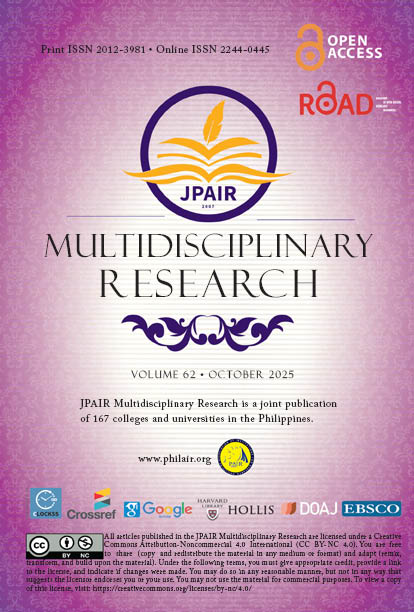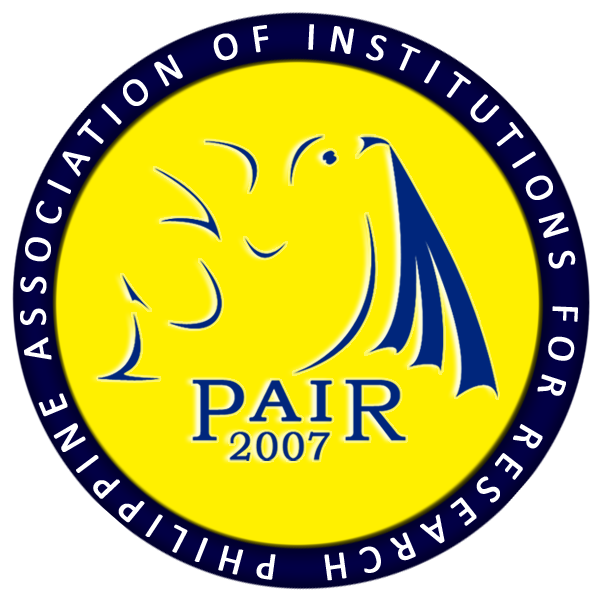The Effectiveness of the Marketing Mix Used by Penshoppe in Terms of Product, Price, Place, and Promotion: A Literature Review
DOI:
https://doi.org/10.7719/jpair.v62i1.958Keywords:
Business and Management, Marketing, Marketing Mix (4Ps), Strategic Branding, International Expansion, Case Study, Cebu, PhilippinesDisciplines:
Marketing, Strategic Brand ManagementAbstract
This study scrutinizes and examines Penshoppe's expansion and strategic growth as a fashion retail company. The company was founded in Cebu, Philippines. Bernie Liu founded the small t-shirt printing business in 1986 as a venture. That was the beginning of Penshoppe, and then it steadily developed into a well-known domestic and global brand. The research examines Penshoppe's application of the Marketing Mix Framework, which encompasses Price, Product, Place, and Promotion, to address market changes, competitive pressures, and industry interactions. By combining theoretical frameworks with real-world brand tactics, the study emphasizes the importance of aligning marketing initiatives with consumer preferences and adapting to external market circumstances. It also examines the challenges Penshoppe has faced in expanding internationally. The market's harsh environment and how these encounters shaped its strategy for worldwide branding. The results reveal that the Marketing Mix remains a useful strategic tool; however, its effectiveness depends on how well it is tailored to a particular market condition.
Downloads
References
Alejo, A. S. (n.d.). Global Pinoys: The rise of a global brand. Zee.ph. https://zee.ph/global-pinoys-the-rise-of-a-global-brand/
Alindogan, M., Dela Luna, R., & Geronimo, M. (1996). A Proposed advertising plan for Penshoppe. https://animorepository.dlsu.edu.ph/etd_bachelors/16739
Anderson, L. M., & Taylor, R. L. (1995). McCarthy’s 4Ps: timeworn or time-tested? Journal of Marketing Theory and Practice, 3(3), 1-9. https://doi.org/10.1080/10696679.1995.11501691
Published
Issue
Section
License
Copyright (c) 2025 John Karl D. Ramos

This work is licensed under a Creative Commons Attribution-NonCommercial 4.0 International License.
Open Access. This article published by JPAIR Multidisciplinary Research is licensed under a Creative Commons Attribution-Noncommercial 4.0 International (CC BY-NC 4.0). You are free to share (copy and redistribute the material in any medium or format) and adapt (remix, transform, and build upon the material). Under the following terms, you must give appropriate credit, provide a link to the license, and indicate if changes were made. You may do so in any reasonable manner, but not in any way that suggests the licensor endorses you or your use. You may not use the material for commercial purposes.





















